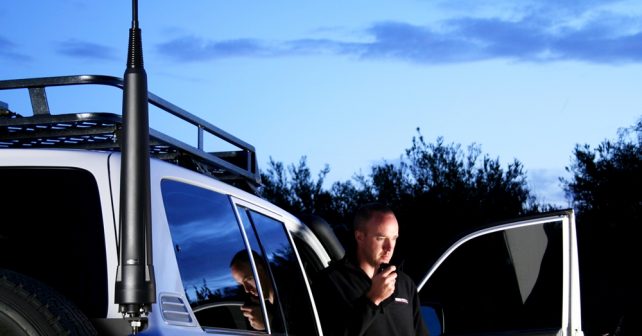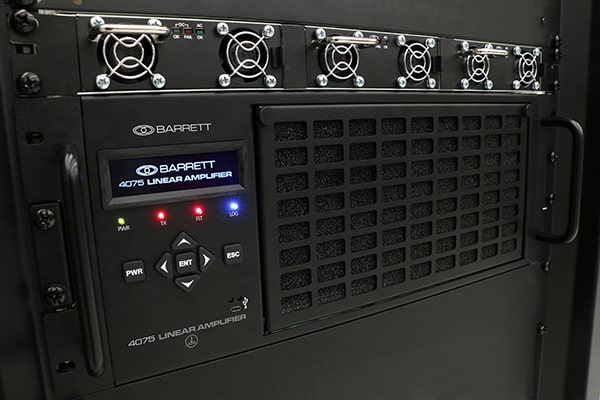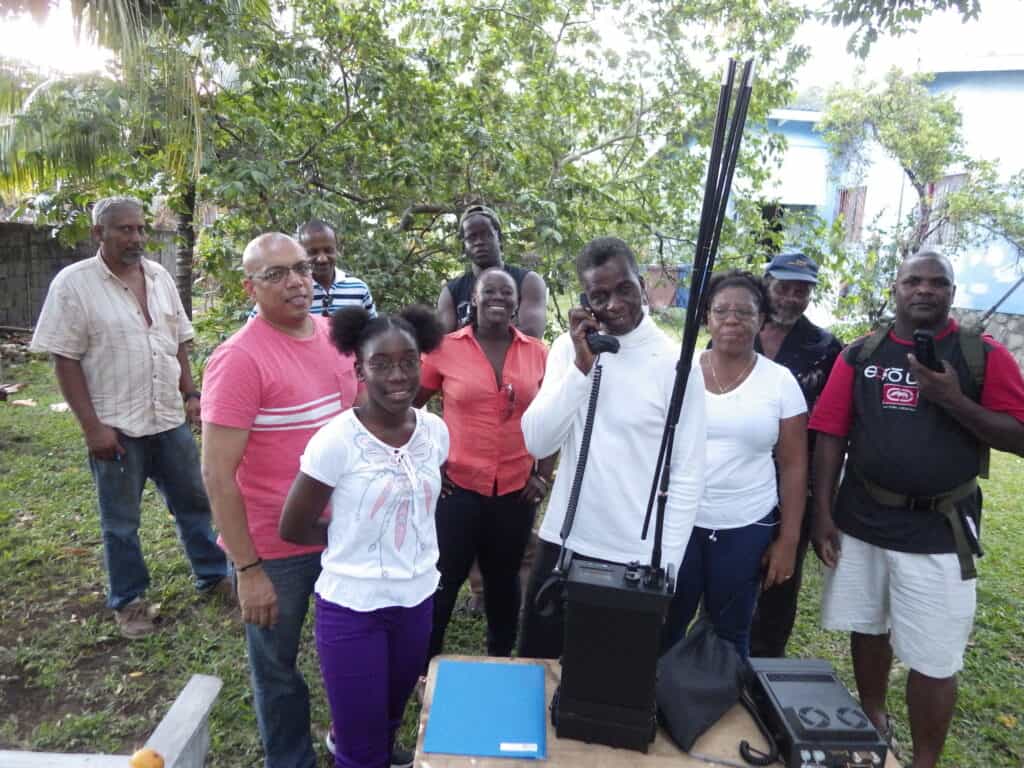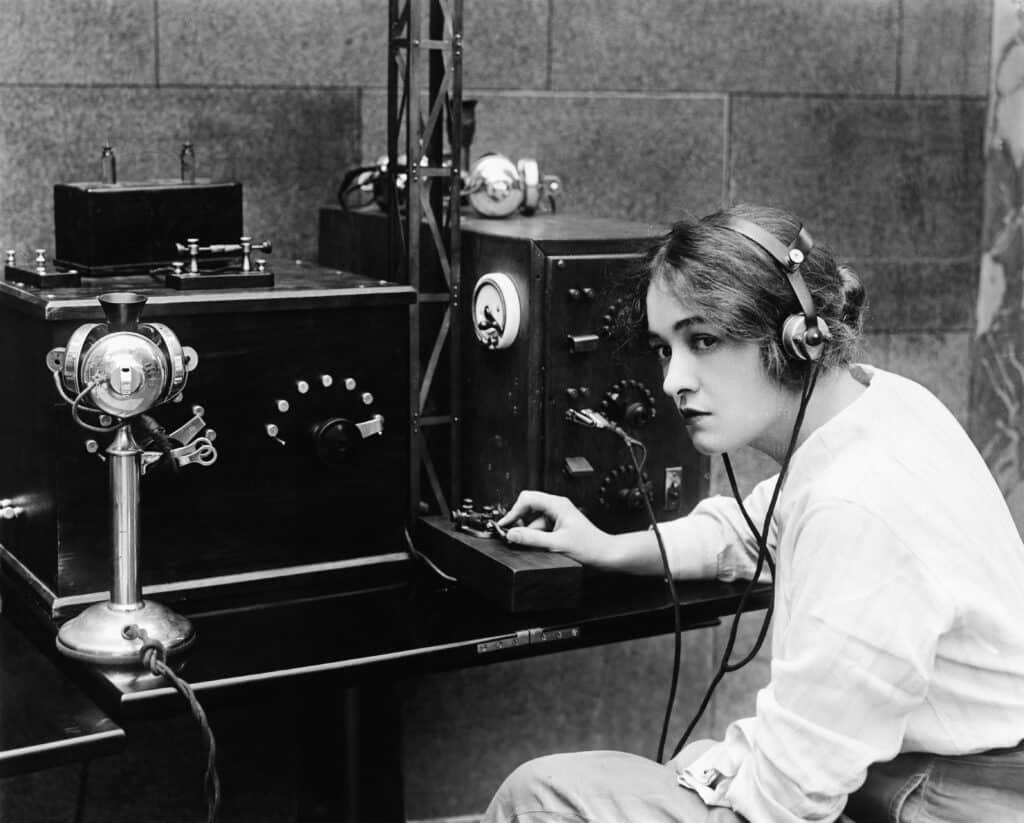How to choose an HF mobile antenna
How to choose an HF mobile antenna
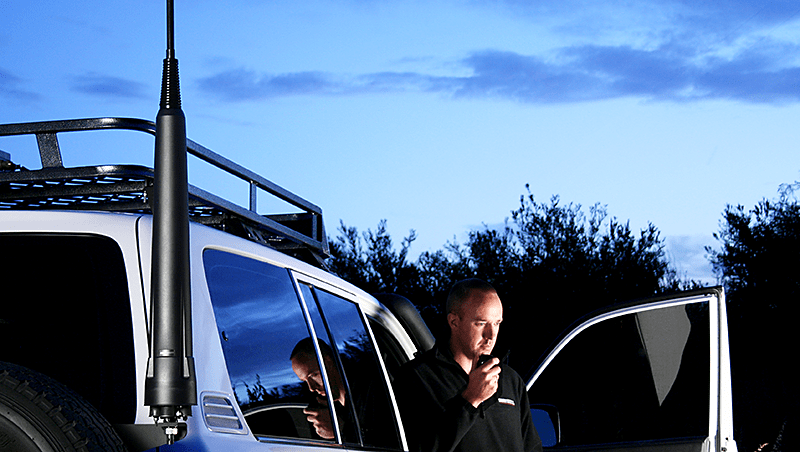
Selecting the right mobile antenna for HF radio applications is utterly crucial, as it is what enables effective transmission and reception. So, what antenna is the best choice? That depends entirely on how you’re using your HF radio system.
In this guide, we’ll take a look at three common uses for HF radio and which antenna is most suited for each.
1. In marine applications
Due to the harsh conditions of marine environments, vessel-mounted mobile HF antennas must have higher resistance to corrosion and UV exposure. Built specifically with these considerations in mind, the Barrett 917 line of marine whip antennas is an ideal choice for HF needs on the water.
Operating in all marine bands from 2 to 30 MHz, the 917 series is available in a number of sizes and mounting options to meet the needs of different vessels. The antennas and mounts are constructed from durable materials, ensuring a long operating life in tough environments.
2. In a vehicle
Vehicle-mounted HF radio systems are a key part of larger communication setups. In these cases, an antenna needs to be rugged and shock-resistant without sacrificing performance capabilities.
The Barrett 2019 automatic tuning mobile HF antenna was built for this purpose, working as a perfect companion to the Barrett 2000 series of transceivers in the 2 to 30 MHz range. This solid-state antenna features rapid tuning times of under 1.5 seconds in typical use, ensuring communication reliability.
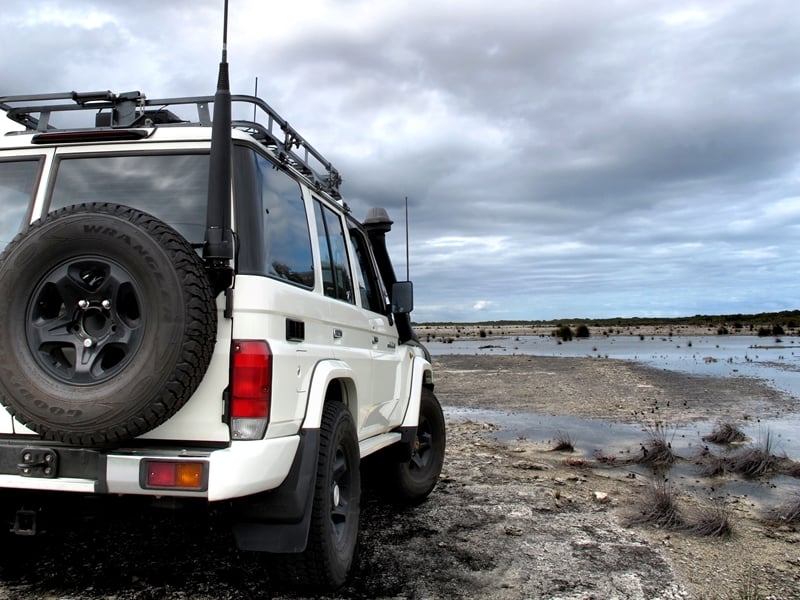
Because the Barrett 2019 is compatible with Automatic Link Establishment (ALE) operation and designed for applications with a high duty cycle, it is well-suited for use with the Barrett 2020 email, fax and data system.
3. In unfavourable environments
Many organisations require HF radio systems that are able to operate despite an uncooperative environment, such as in mountainous terrain or where there are high amounts of local interference or radio frequency noise. These cases call for a Near Vertical Incidence Skywave (NVIS) antenna with extra transmission and reception power – the Barrett 2018 mobile magnetic loop HF antenna.
Because mobile whip antennas have a lower radiation angle, they prove less effective in certain environments. The magnetic loop antenna, however, offers highly effective short- to medium-range communications as there is a gain of 10 to 14 decibels (dB) compared to the mobile whip antenna when correctly tuned. This roof-rack-mounted antenna is also shielded against noise interference from the vehicle, ensuring clear communication in challenging operating conditions.
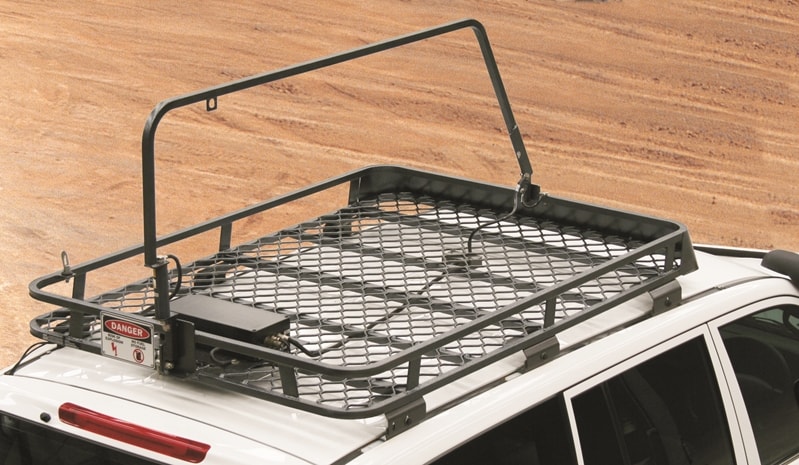
There are many considerations that go into antenna selection, so the ideal route is to consult with the experts at Barrett Communications. We can help select an antenna based on which HF radio products you are using and the nature of the application itself. Contact us today for more information.

